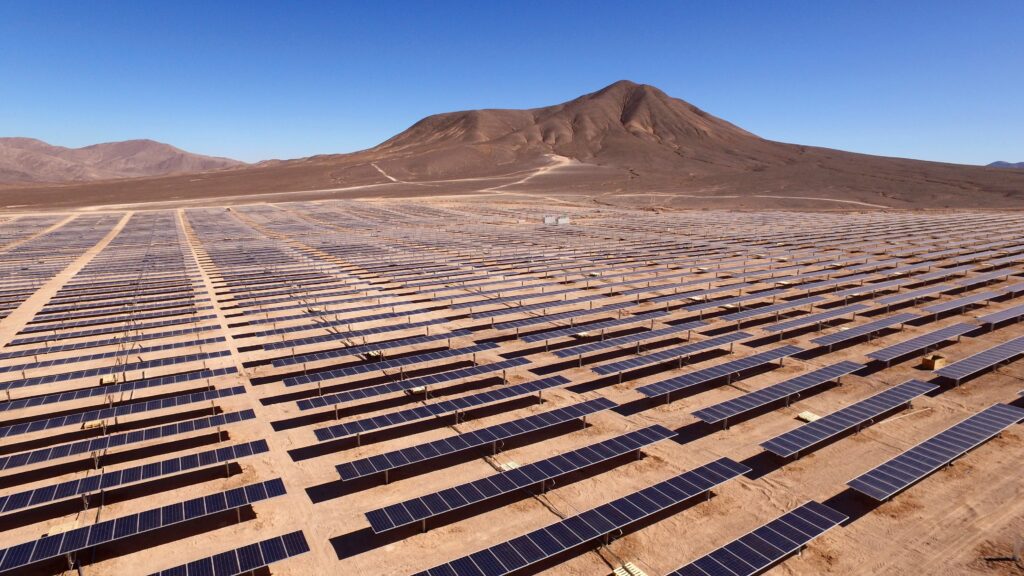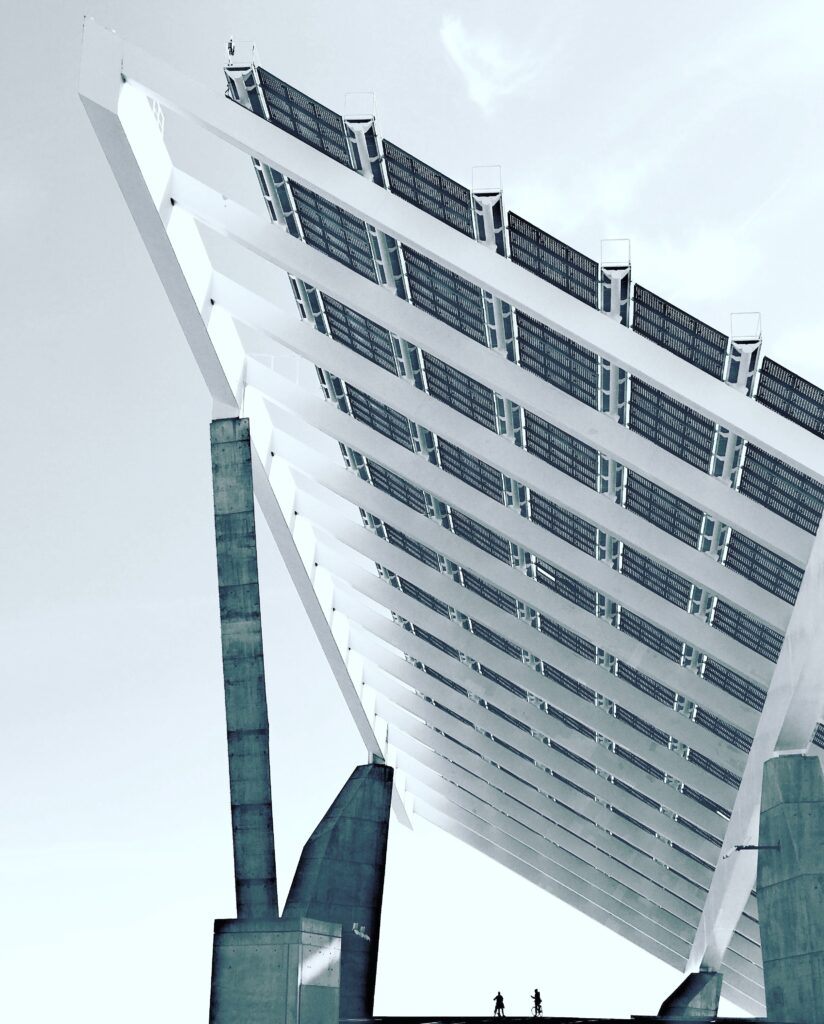If you’re considering going solar and have a 2,500 square foot house, you must be wondering how many solar panels would be enough to power your home. The good news is, you’ve come to the right place! In this article, we will explore the factors that determine the number of solar panels needed for a house of this size, allowing you to make an informed decision and harness the power of the sun to meet your energy needs. So let’s get started on your solar panel journey!

Understanding Solar Energy
Concept of Solar Energy
Solar energy is a renewable and sustainable form of energy that is harnessed from the sun. It is a clean and abundant energy source that can be used to power homes, businesses, and even entire cities. The concept of solar energy revolves around the conversion of sunlight into usable electricity through the use of solar panels.
Importance of Solar Energy
Solar energy plays a crucial role in addressing the global challenges of climate change and the depletion of fossil fuels. By harnessing the power of the sun, we can reduce our reliance on non-renewable energy sources, such as coal, oil, and natural gas, which contribute to air pollution and greenhouse gas emissions. Solar energy is not only environmentally friendly, but it also offers economic benefits by providing homeowners and businesses with lower electricity bills and potential savings in the long run.
The Basics of Solar Panels
What is a Solar Panel
A solar panel is a device that converts sunlight into electricity. It is made up of multiple solar cells, which are typically made of silicon. These solar cells absorb photons from the sunlight, causing electrons to be set in motion and creating an electric current. The electricity produced by a solar panel can be used to power various electrical appliances and systems.
Types of Solar Panels
There are three main types of solar panels commonly used: monocrystalline, polycrystalline, and thin-film solar panels. Monocrystalline panels are made from a single crystal structure and are highly efficient. Polycrystalline panels are made from multiple crystal structures and are slightly less efficient but also more affordable. Thin-film solar panels are made using a thin layer of photovoltaic material and are flexible, making them suitable for certain applications.
How Solar Panels Work
Solar panels work by utilizing the photoelectric effect, where photons from sunlight knock electrons loose from atoms, generating a flow of electricity. When sunlight hits the solar panels, the photons are absorbed by the semiconductor material in the solar cells, creating an electric field. This electric field causes the electrons to flow in a specific direction, creating a direct current (DC). The DC electricity is then converted into alternating current (AC) through an inverter, which is used to power electrical devices or to be fed back into the grid.

Determining the Energy Need for a 2500 Sq Ft House
Factors Influencing Energy Requirement
Several factors influence the energy requirement for a 2500 square foot house. These factors include the location of the house, its energy efficiency, the number of occupants, and the types of appliances and systems used. The climate of the area also plays a significant role in determining the energy needs, as heating and cooling requirements can vary greatly depending on the region.
Calculating Average Energy Consumption
To estimate the average energy consumption for a 2500 square foot house, it is essential to consider the electricity usage of various appliances, such as heating, cooling, lighting, cooking, and electronics. This can be done by analyzing past electricity bills or using online energy calculators. On average, a 2500 square foot house in the United States consumes around 10,400 kilowatt-hours (kWh) of electricity per year.
Estimating the Number of Solar Panels
Understanding Solar Panel Output
The output of a solar panel is measured in watts and is influenced by various factors such as the size and efficiency of the panel, the intensity of sunlight, and the angle at which the panels are installed. The higher the wattage of a solar panel, the more electricity it can produce under ideal conditions.
Calculating Solar Panel Requirement
To estimate the number of solar panels needed for a 2500 square foot house, several factors must be considered. First, the average daily energy consumption of the house needs to be determined. Then, the average daily sunlight hours in the region should be taken into account. Finally, by dividing the energy consumption by the average solar panel output, the approximate number of panels required can be calculated.

Impact of Geography and Weather on Solar Panel Efficiency
Effects of Sunlight Hours
The efficiency of solar panels can be influenced by the number of sunlight hours in a specific area. Regions with longer and sunnier days will generally yield higher solar energy production, while areas with shorter and cloudier days may experience decreased efficiency. It is important to factor in the average sunlight hours when estimating the energy output of solar panels and determining the number of panels required.
Impact of Local Climate
The local climate can also affect the performance of solar panels. Extreme temperatures, such as excessive heat or cold, can impact the efficiency and lifespan of solar cells. Additionally, areas prone to heavy snowfall or frequent dust storms may require additional maintenance to ensure optimal performance. Understanding the local climate conditions is crucial for determining the viability and effectiveness of solar energy systems.
Roof Space Requirement for Solar Panels
Size of Solar Panels
Solar panels come in various sizes, but the most common residential panels are around 65 inches by 39 inches. The size of solar panels can vary depending on the manufacturer and the specific model. It is important to consider the available roof space when choosing the size and number of solar panels for a 2500 square foot house.
Estimating Roof Space for Solar Panels
To estimate the roof space needed for solar panels, it is necessary to consider the size and layout of the panels, as well as any shading from nearby trees or structures. On average, a 2500 square foot house may require around 400 to 600 square feet of available roof space to accommodate a sufficient number of solar panels.
Cost Implication and Savings with Solar Panel
Cost of Solar Panels and Installation
The cost of solar panels and their installation can vary depending on several factors, such as the size of the system, the type of panels chosen, and the complexity of the installation. On average, the cost of installing solar panels for a 2500 square foot house can range from $14,000 to $30,000. However, it is important to consider the available federal or state incentives and rebates, as well as the potential long-term savings on electricity bills.
Potential Savings with Solar Panels
While the upfront cost of installing solar panels may seem significant, the potential savings over time can outweigh the initial investment. By generating electricity from the sun, homeowners can significantly reduce or eliminate their reliance on traditional grid electricity, resulting in lower monthly utility bills. The amount of savings will depend on various factors, including the energy consumption, the size of the solar system, and the local electricity rates.
Alternatives and Supplements to Solar Energy
Combining Solar with Traditional Energy
Solar energy can be used in conjunction with traditional energy sources, such as grid electricity or natural gas. This allows homeowners to benefit from solar energy while still having a backup source of power during times of low sunlight or high energy demand. This approach, known as a hybrid system, provides flexibility and reliability in energy supply.
Use of Battery Storage Systems
Battery storage systems are an excellent supplement to solar energy systems as they allow for the storage of excess electricity generated during the day for use during the night or in times of high energy demand. By incorporating battery storage, homeowners can maximize their energy savings and increase their self-sufficiency by reducing dependence on the grid.
Maintenance of Solar Panels
Average Lifespan of Solar Panels
Solar panels are designed to be durable and typically have a lifespan of 25 to 30 years. However, their performance may gradually decline over time due to factors such as weather exposure, dust accumulation, and potential shading. Regular maintenance and inspections can help ensure the optimal performance and longevity of solar panels.
Cleaning and Servicing Solar Panels
Periodic cleaning of solar panels is essential to remove any dirt, debris, or dust buildup that may hinder their efficiency. This can be done by gently rinsing the panels with water or using a soft brush. It is also recommended to have periodic professional cleaning and servicing to ensure that all components are functioning correctly and to identify any potential issues that may require repairs or replacements.
Solar Panels and the Environment
Reduction in Carbon Footprint
By harnessing solar energy, homeowners can greatly reduce their carbon footprint. Solar power is a clean and renewable energy source that produces zero greenhouse gas emissions during operation. Switching to solar energy helps mitigate climate change and contributes to a healthier environment for future generations.
Sustainability of Solar Energy
Solar energy is a sustainable energy source that relies on the infinite supply of sunlight. Unlike fossil fuels, solar energy is not subject to resource depletion and does not contribute to air and water pollution. By investing in solar panels, homeowners can contribute to a more sustainable future and help create a cleaner and healthier planet for all.
In conclusion, solar energy offers numerous benefits and opportunities for homeowners with a 2500 square foot house. By understanding the concept, basics, and factors influencing solar energy systems, homeowners can determine the number of solar panels needed, estimate roof space requirements, and evaluate the cost implications and potential savings. Incorporating solar panels not only reduces carbon emissions, but it also provides a sustainable and reliable energy solution for the long term.




